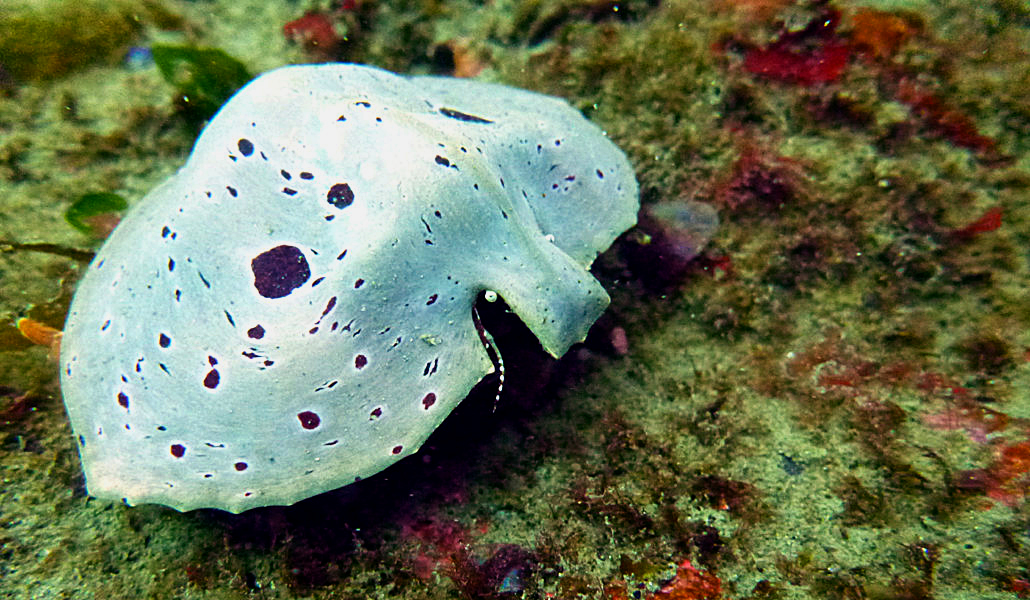
by David Young | Jul 29, 2024 | Arthropods
Pygmy Rock Crab Author: Sam Mitchell-Joy Scientific name: Glebocarcinus oregonensis, Cancer oregonensis Common names: Pygmy Rock Crab, Oregon Cancer Crab, Hairy Cancer Crab Size range: A pygmy rock crab can grow up to 5cm (2 inches) across its carapace. The males...

by David Young | Jul 29, 2024 | Arthropods
European Green Crab Authors: Lilly Powell and Emma Hornell Scientific name: Carcinus maenas Size Range: The European Green Crab is commonly between 60mm long and 90mm wide but has been noted to grow up to 101mm wide in non-native areas such as British Columbia....

by David Young | Jul 28, 2024 | Arthropods
Northern Kelp Crab Common name: Northern Kelp Crab, Shield-Backed Kelp Crab Scientific name: Pugettia producta Size range: Carapace 7.8-9.3 cm across, with differing appendage sizes Author: Ruby Wallace Photography: Thank you to Andy Murch for permission to use his...

by David Young | Jul 28, 2024 | Arthropods
The Graceful Decorator Crab By Maddi Larson Scientific name: Oregonia gracilis Common names: Graceful Decorator Crab, Slender Decorator Crab, Decorator Crab, and Spider Crab Size range: The Graceful Decorator Crab, measured across the carapace and including the...

by David Young | Jul 28, 2024 | Arthropods
Umbrella Crab Authors: Fai &Vivian Scientific name: Cryptolithodes sitchensis Common name: Umbrella crab, Sitka crab or Turtle Crab Size Range: 5 – 10 cm (2.0 – 3.9in) Identifying Features The Umbrella Crab is a species of Lithoid crustacean native to...

by David Young | Jul 28, 2024 | Arthropods
Puget Sound King Crab By Sarah Roberts and Julia Mitchell Common name: Puget Sound King Crab Scientific name: Echidnocerus cibarius (formerly Lopholithodes mandtii) Size range: up to 30 cm across carapace (11.8 inches) Identifying features: Puget Sound King Crabs...






